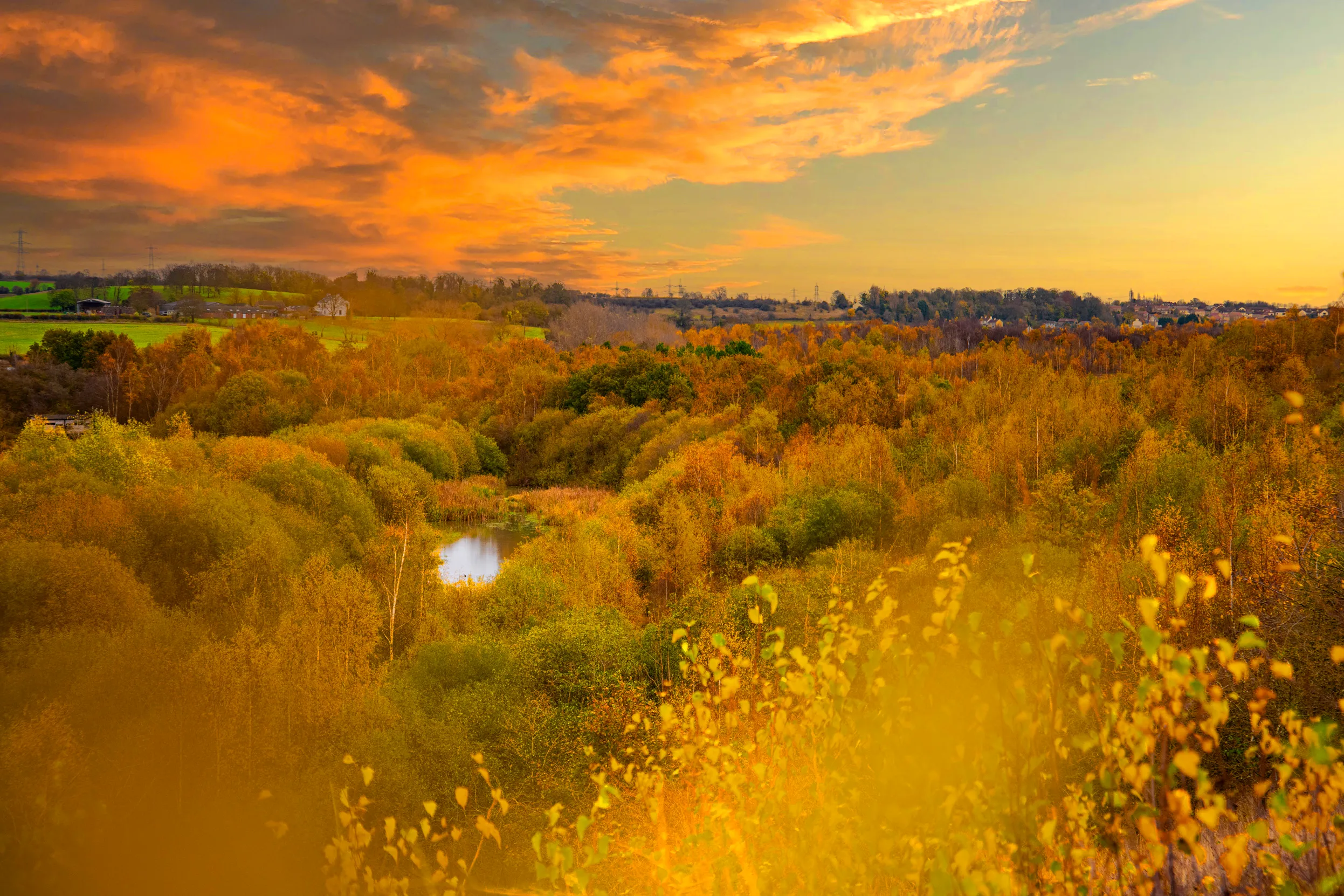
Fairburn Ings are hoping to add more Spoonbill events for visitors soon, so keep an eye on the reserve’s Facebook page for details.
The Spoonbill, a very rare breeding bird in the UK, is creating quite a stir at a Yorkshire nature reserve, RSPB Fairburn Ings, and it looks on track to have its most successful breeding year yet.

The Aire Valley, which includes Fairburn Ings, is an important east-west flyway across the Pennines with many species following the river and valley. Spoonbills have now been breeding at this nature reserve near Leeds for the eighth consecutive year and numbers have increased to around 8-10 nests.
Breeding activity started in April this year and is still on-going, however, as the last pair to produce young have now begun their nest building, conservationists are eagerly waiting to see if 2024 is going to be a record year. RSPB wardens are still observing adults, fledged young, nestlings, adults sitting on eggs, and nest building and mating as excitement grows to see final breeding season results by the end of August. A pair of Spoonbills first bred in the RSPB Fairburn Ings heronry in 2017 and experts have been monitoring ten nests this year.
Spoonbills are tremendously exciting to have at RSPB Fairburn Ings and early indications are that they have had yet another successful breeding year. They are such an amazing sight to see with their spoon-shaped bill and long legs. We’re thrilled that the Spoonbills have now been here for the eight years in a row, and we really hope this means they are here to stay.
What we’ll be looking at this summer is how many young are produced per pair as well as the overall number of chicks. The great news though is that we have seen an upward trend in breeding numbers over the last few years.
The RSPB’s conservation team, assisted by volunteers, manages the water levels of the floodplain wetlands to help create the shallow pools that Spoonbills like to feed in. Plans are also afoot to create further scrubby island nest sites for the heronry to expand into.
Spoonbills were a familiar sight in the UK back in the 16th century, however, drainage of wetland habitats and hunting resulted in a population crash.
Previously, the last recorded nesting Spoonbill was in Suffolk in 1668; for over 300 years there wasn’t a single Spoonbill chick raised in Britain. Spoonbills first attempted to breed again in the UK in the late 1990s, but it wasn’t until 2010 that the first regular colony of breeding Spoonbills established at Holkham National Nature Reserve in Norfolk (the largest and oldest UK colony).

A relative of the ibises, and somewhat smaller than our Grey Heron, Spoonbills feed on small fish, shrimps, and aquatic invertebrates which they catch while sweeping their bizarre, spoon-shaped bill from side to side in shallow water. Seen most regularly in Britain at coastal sites in southern and eastern England it is extra special to have them nesting in the middle of Yorkshire.
Spoonbills will travel long distances to feed - generally up to 20km but it can be as much as 60km. The Fairburn Spoonbills have been travelling over to the Humber Estuary to feed including at RSPB Blacktoft Sands nature reserve. Across the UK, estuaries, saltmarshes, and coastal lagoons provide vitally important feeding grounds for Spoonbills and this local link between nature reserves demonstrates the importance of having a network of feeding and breeding habitats available for these and other birds to use.
At Fairburn we nicknamed baby Spoonbills ‘teaspoons’ in 2017, and the name has stuck! When our teaspoons hatch with a tiny, soft, pale orange, spoon-shaped bill, and orange legs, it’s such a fantastic sight to see. If the last pair, which are currently nest building, manage to fledge a chick, we will have had a record year, so we are all on tenterhooks to see what happens next.
Staff and volunteers monitor the heronry at RSPB Fairburn Ings throughout the breeding season to get a better understanding of the ecology and behaviour of their Spoonbills. Each year, the number of pairs, nests, timing of nesting attempts, feeding behaviour and breeding productivity (how many young are fledged) are all monitored. Findings are helping conservationists get a clearer picture of how this species is doing on the reserve and what can be done to improve habitat for them.

The Yorkshire Spoonbills are currently nesting in the heronry at RSPB Fairburn Ings, an area of scrub and trees on an island in the middle of a shallow flash on the river Aire floodplain. A series of guided Spoonbill events have sold out, with visitors getting a rare glimpse into the secret world of these magnificent birds. But visitors can still view the heronry from an elevated viewpoint on the Coal Tips Trail with binoculars or a telescope and can also see Spoonbills feeding in the shallow water in front of Lin Dike Hide at the west end of the reserve.

Fairburn Ings are hoping to add more Spoonbill events for visitors soon, so keep an eye on the reserve’s Facebook page for details.